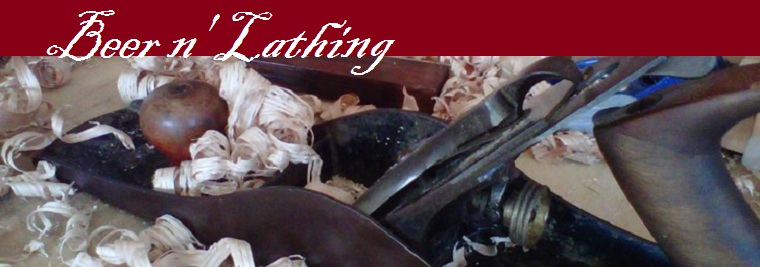The wooden shingle project is going well at the Latham house. The majority of the work is time consuming but quite enjoyable, with the exception of the stain, which is really making things hard to work. They look really good but I've come home many night covered with it from head to foot, the worse part is they get more slippery as the temperature warms up. They get a little better after a day or two of being on the roof, but not much. Ha.
The additional slickness of the shingles and the normal 12 over 12 region of the roof requires some additional equipment to work on the roof and not damage the shingles that have been installed. Most modern roofers just use roofing jacks which are quite bulky and expensive if one was to purchase all that were needed for the job. I was advised on how builders would have solved this problem prior to the invention of the roofing jack and have designed a really safe method to lay secure them. I'll dedicate a future post to it soon.
The big news this week is that my best friend who lives all the way on the opposite side of the United States has come for a visit and will help us get our first batch of home brew started. Known as "the beer man," Mark used to deliver and now brews his own. I greatly enjoy his continuing friendship (and beers!)
Shae and I attempted our first batch of home brew last year using an old Mr. Beer home brew kit. The results, were...well, bad enough to have the finished product nicknamed "Mr. Skunk" and donated to the local drainage system. With his guidance, we are ready to try again and will finally put the "Beer" in "Beer n Lathing!"




















